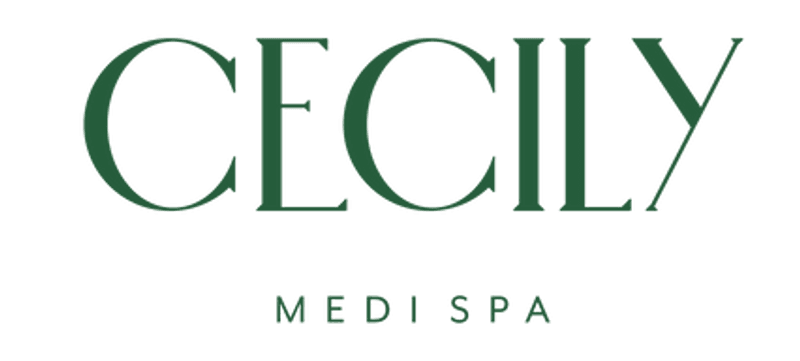Facial hair removal is a common beauty concern, particularly when it comes to eyebrows. There are various methods available nowadays, but the two most popular options are waxing and threading.
Both techniques offer effective hair removal, but they differ in terms of procedure, results and potential side effects. Here’s our quick guide.
What is Waxing?
Waxing involves the application of heated wax to an area of hair growth. This is then covered with a cloth or paper strip. The strip is swiftly pulled off in the opposite direction of hair growth, removing the hair from its root.
The upside of waxing includes:
- Long-lasting results: It provides smooth skin for an extended period as it removes hair from the root. Depending on your individual hair growth, results can last up to four to six weeks.
- Convenience: Waxing can be performed in professional salons or even at home using ready-to-use wax strips or warm wax kits.
- Efficiency: This method allows for the removal of multiple hairs at once, making it a quicker option compared to tweezing.
- Hair regrowth: Over time, repeated waxing can lead to finer and sparser hair regrowth.
- Areas covered: Waxing isn’t just used for areas like eyebrows but is popular for most parts of the body including the legs.
There are a few downsides, however:
- The process of waxing can be painful, particularly for individuals with sensitive skin. The sensation of wax being pulled off the skin may cause temporary redness, irritation, or even minor bruising which is why it’s best done by a professional.
- Improper waxing techniques or using low-quality wax can result in skin burns, ingrown hairs, or allergic reactions.
- Hair needs to be a certain length (typically about a quarter-inch) for the wax to adhere effectively, meaning you might have to wait for regrowth before waxing again.
What is Threading?
Threading is an ancient hair removal technique originating from South Asia and the Middle East. It involves using a twisted cotton thread to trap and lift unwanted hair, removing it from the root.
- Threading allows for precise shaping and definition of eyebrows. The thread can target individual hairs, creating a more refined and polished look.
- It is a gentle method that doesn’t involve the use of chemicals or potentially harmful substances, making it suitable for individuals with sensitive skin or allergies.
- The technique requires minimal tools and can be performed by trained professionals in salons or brow bars.
There are a few downsides:
- Similar to waxing, threading may cause some discomfort, especially for those new to the technique. However, most individuals find it less painful than waxing.
- Finding a skilled threading practitioner might be more challenging in certain areas compared to waxing services.
- As with waxing, threading also requires a certain amount of regrowth before the next session.
Which Method is Right for You?
The choice between waxing and threading depends on various factors, including personal preference, pain tolerance, skin sensitivity, and desired results.
- Waxing might be suitable if you prefer longer-lasting results and don’t mind a bit of discomfort during the procedure.
- Threading is a good option for precise shaping, especially if you have sensitive skin or want to avoid the use of chemicals.
Ultimately, it’s important to experiment with both methods and consult with professionals to determine which one best meets your specific needs.


